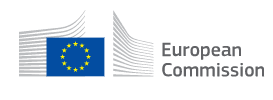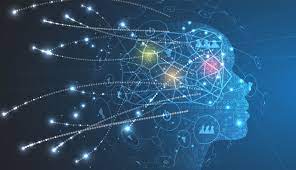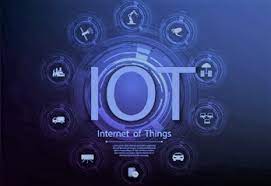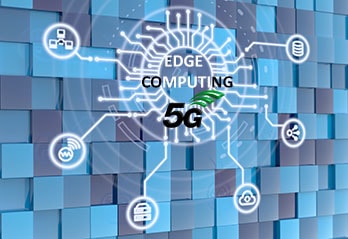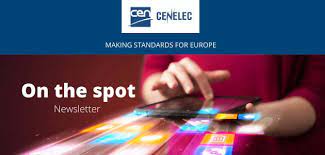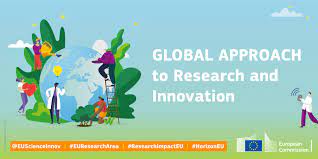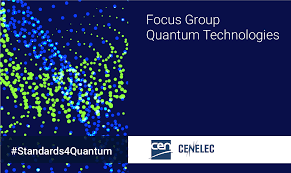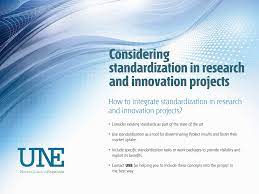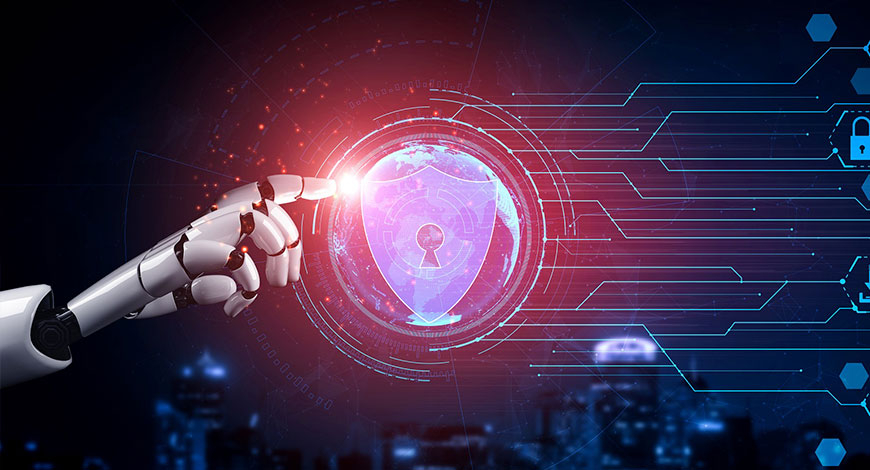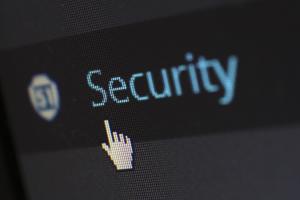Principles, Partnership, Prosperity: EU and India launch collaboration on sustainable connectivity
On the occasion of the EU-India Leaders' Meeting in Porto and via video conference, the EU and India have concluded a comprehensive Connectivity Partnership, confirming their commitment to collaborate on supporting resilient and sustainable connectivity both in India and in third countries and regions.
The EU-India Connectivity Partnership is the second such partnership. EU-India Connectivity Partnership covers cooperation in the digital, energy, transport, and people-to-people sectors. It is fundamentally rooted in support for the twin digital and green transitions, adherence to and development of international standards, as well as the shared norms and values of social, environmental, economic and fiscal sustainability and level playing field.
European Standards support the EU Ambitions on Artificial Intelligence
The European Commission is presenting its new, long-awaited regulation on Artificial Intelligence (AI). This focus on AI on the part of the European Commission brings forward not only valuable questions for the continued evolution and safe deployment of this technology, but opportunities for ensuring the digital sovereignty of Europe for the future. To help address these questions and provide support to the deployment of AI in Europe, European standards play a key role. To organise and develop standardization work on this issue, CEN and CENELEC have established the CEN-CENELEC Joint Technical Committee 21 ‘Artificial Intelligence’.
This group brings together experts that will implement and lead the recommendations available in CEN and CENELEC’s response to the EC White Paper on AI and CEN and CENELEC’s Road Map on AI.
The Joint Technical Committee, whose Secretariat is held by DS, the Danish Standardization Body, will be responsible for the development and adoption of standards for AI and related data, as well as provide guidance to other Technical Committees concerned with AI. Standards are relevant for the evolution of AI for a variety of reasons:
- they provide expertise to an emerging technology, ensuring safety and security for products and services;
- they are intrinsically designed to be an inclusive and market-driven instrument of support for European regulation through the New Legislative Framework, benefitting the Single Market and reducing barriers to trade.
ETSI Releases IoT Testing Specifications for MQTT, COAP, Industrial Automation and Control Systems
The ETSI committee on Methods for Testing and Specifications (TC MTS) has recently completed a first set of seven standards addressing the testing of the IoT MQTT and CoAP protocols, and the foundational security IoT-Profile.
The ETSI TS 103 596 series provides an overall test suite structure and catalogue of test purposes for the Constrained Application Protocol (CoAP). It can serve as a reference for both client-side test campaigns and server-side test campaigns. Part 1 specifies the conformance issues, part 2 the security issues and part 3 the performance issues.
The ETSI TS 103 597 series provides an overall test suite structure and catalogue of test purposes for the MQ Telemetry Transport (MQTT). It is also divided into three different parts for conformance, security and performance testing.
Titled ‘Designing tomorrow’s world’, the strategy builds on a recognition of the global importance of Information and Communication Technology (ICT) for a sustainable development and to support the digital transformation of society. Supported by ETSI’s innovative, market driven community, ETSI’s vision is to be at the forefront of new Information and Communication Technology and to lead the development of standards that enable a sustainable and securely connected society. To deliver this vision, ETSI will follow a path marked by 5 Key Strategic Directions:
-
Being at the Heart of Digital
-
Being an Enabler of Standards
-
Being Global
-
Being Versatile
-
Being Inclusive
Learn more about ETSI’s Strategy a
Cybersecurity is crucial in today’s world, as our society increasingly relies on connected infrastructure and devices. In the field of railways, connected trains and infrastructure are seen as a major source of improvement for the management of traffic and capacity, energy efficiency, and network communication. But this trend also means more potential threats of cyber-attacks. To protect the rolling stock and fixed installations, the support of adequate tools and requirements is needed.
CENELEC contributes to providing this protection with the brand new CLC/TS 50701 ‘Railway applications – Cybersecurity’ developed by ‘CLC/TC 9X - Electrical and electronic applications for railways’.
This Technical Specification is a major landmark for the European railway sector, as it aims to provide requirements and recommendations to handle cybersecurity in a unified way for the railway sector.
Europe's global approach to cooperation in research and innovation: strategic, open, and reciprocal
The Commission adopted a Communication on its Global Approach to Research and Innovation, Europe's strategy for international cooperation in a changing world. With this, the EU aims to take a leading role in supporting international research and innovation partnerships, and to deliver innovative solutions to make our societies green, digital and healthy.
The global approach to research and innovation reconfirms Europe's commitment to a level of global openness that is needed to drive excellence, pool resources to achieve scientific progress and develop vibrant innovation ecosystems. In view of this goal, the EU will work with international partners to create a common understanding of fundamental principles and values in research and innovation, such as academic freedom, gender equality, research ethics, open science and evidence-based policymaking.
New CEN-CENELEC standardization project to offer refinements in a European context for Privacy Information Management Systems
EN ISO/IEC 27701 “Security techniques. Extension to ISO/IEC 27001 and ISO/IEC 27002 for privacy information management. Requirements and guidelines” sets out generic requirements for a Privacy Information Management System whose guidance can be adapted by organisations according to their context and applicable obligations. It can be considered as an international framework, in which it is possible to define more particular, regional refinements.
CEN and CENELEC’s Joint Committee 13 ‘Cybersecurity and Data Protection’ (CEN-CLC/JTC 13) has now started a new project, which aims at developing a standard that offers such refinements for a European context: the aim is to develop guidelines that organisations will be able to use for the purpose of demonstrating compliance with their obligations relating to GDPR.
CEN and CENELEC are putting significant effort towards integrating standardization with innovation and research in Europe. This strategic initiative was originally conceived in the CEN-CENELEC Innovation Plan (2018) and now supports Strategy 2030 objectives. The projects and actions to achieve this integration are focused towards 3 dimensions:
-
New topics for standardization – deploying and reinforcing existing channels and sources to identify new standardization areas for CEN and CENELEC. Activities include working with the EC DG JRC (Joint Research Centre) later this year to identify possible upcoming topics for the common CEN-CENELEC – JRC action "Putting Science into Standards 2022’’ that will involve engaging with stakeholders (researchers, industry, policy makers, standardizers…) to initiate a discussion on opportunities and needs for which CEN and CENELEC can enable the development of the necessary standards.
ETSI Releases Mitigation Strategy Report on Securing Artificial Intelligence
ETSI has recently released ETSI GR SAI 005, a report which summarizes and analyses existing and potential mitigation against threats for AI-based systems. Setting a baseline for a common understanding of relevant AI cyber security threats and mitigations will be key for widespread deployment and acceptance of AI systems and applications. This report sheds light on the available methods for securing AI-based systems by mitigating known or potential security threats identified in the recent ENISA threat landscape publication and ETSI GR SAI 004 Problem Statement Report. It also addresses security capabilities, challenges, and limitations when adopting mitigation for AI-based systems in certain potential use cases.
Artificial intelligence has been driven by the rapid progress of deep learning and its wide applications, such as image classification, object detection, speech recognition and language translation.
EU Cybersecurity: Commission proposes a Joint Cyber Unit to step up response to large-scale security incidents
The Commission is laying out a vision to build a new Joint Cyber Unit to tackle the rising number of serious cyber incidents impacting public services, as well as the life of businesses and citizens across the European Union. Advanced and coordinated responses in the field of cybersecurity have become increasingly necessary, as cyberattacks grow in number, scale and consequences, impacting heavily our security. All relevant actors in the EU need to be prepared to respond collectively and exchange relevant information on a ‘need to share', rather than only ‘need to know', basis.
The Recommendation on the creation of the Joint Cyber Unit is an important step towards completing the European cybersecurity crisis management framework. It is a concrete deliverable of the EU Cybersecurity Strategy and the EU Security Union Strategy, contributing to a safe digital economy and society.






